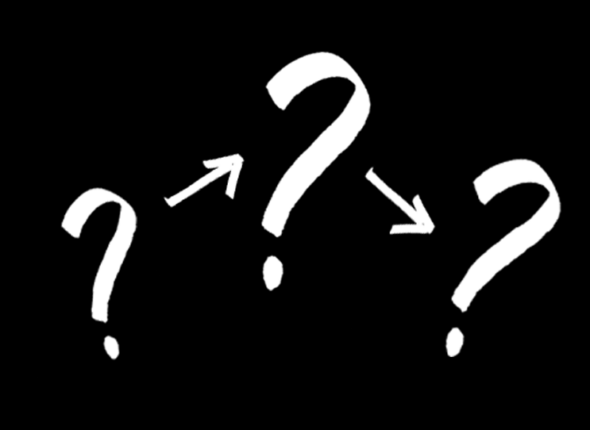-
-
-
-
-
The Problem Statement Method is an important tool in design thinking that helps the team clearly identify the main problem of the project. The team works together to create an understandable description of the problem through repeated discussions and questions such as Who, What, Where, When, How, and Why.
Implementation Steps of the Method
- At the beginning, it is necessary to formulate basic questions and identify the main problem. The questions What, Why, Who, Where, and How are used to understand the main problem and its related contexts. These questions should be written on A4 paper or a board, leaving space for team members to write their answers. It is advisable to use different colours to distinguish between the questions and answers. When writing answers, it is important for team members to write in large, legible letters.
- Based on the defined questions, create 10 different problem definitions.
- After generating the definitions, it is important to gather the team to discuss each chosen variant of the possible definitions. Selecting the most suitable definition can be done through voting or agreement within the team.
- Once an agreement is reached, the team should record the most suitable definition as the overarching problem.
Tips
- In this method, it is necessary to write clearly and legibly.
- For clarity, separate each question with different colours.
- Drafting a clear and concise problem statement often requires multiple iterations.
Possible uses
- In project management - optimising processes and increasing project efficiency
- Identifying problems with marketing campaigns and strategies
- Analysing and improving customer experience and satisfaction
You can download template here: PROBLEM STATEMENT
The Problem Statement Method is an important tool in design thinking that helps the team clearly identify the main problem of the project. The team works together to create an understandable description of the problem through repeated discussions and questions such as Who, What, Where, When, How, and Why.
Implementation Steps of the Method
- At the beginning, it is necessary to formulate basic questions and identify the main problem. The questions What, Why, Who, Where, and How are used to understand the main problem and its related contexts. These questions should be written on A4 paper or a board, leaving space for team members to write their answers. It is advisable to use different colours to distinguish between the questions and answers. When writing answers, it is important for team members to write in large, legible letters.
- Based on the defined questions, create 10 different problem definitions.
- After generating the definitions, it is important to gather the team to discuss each chosen variant of the possible definitions. Selecting the most suitable definition can be done through voting or agreement within the team.
- Once an agreement is reached, the team should record the most suitable definition as the overarching problem.
Tips
- In this method, it is necessary to write clearly and legibly.
- For clarity, separate each question with different colours.
- Drafting a clear and concise problem statement often requires multiple iterations.
Possible uses
- In project management - optimising processes and increasing project efficiency
- Identifying problems with marketing campaigns and strategies
- Analysing and improving customer experience and satisfaction
You can download template here: PROBLEM STATEMENT








